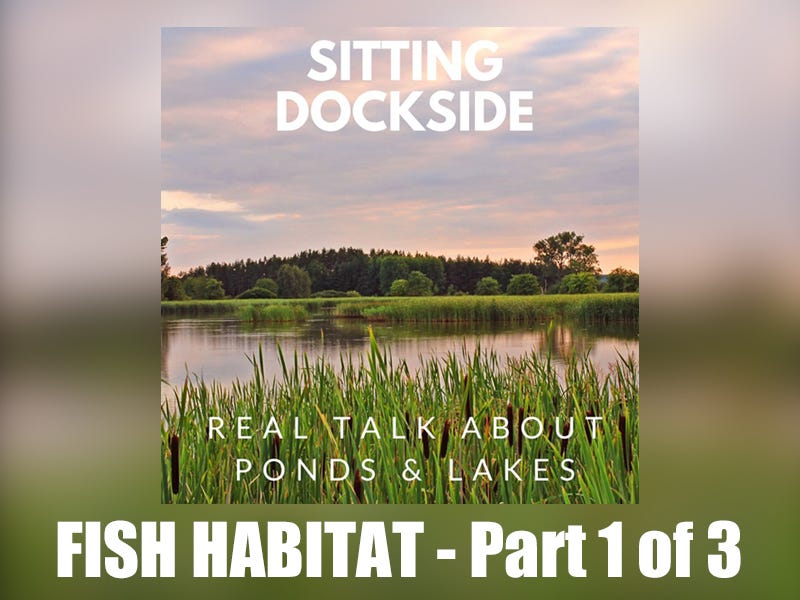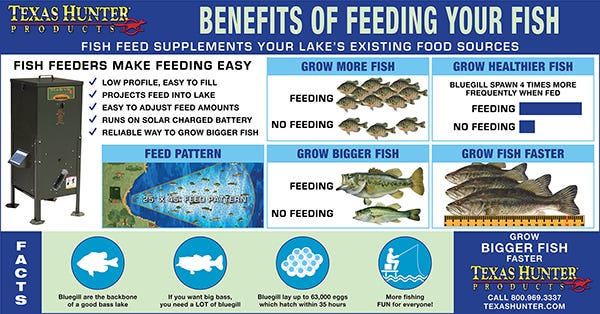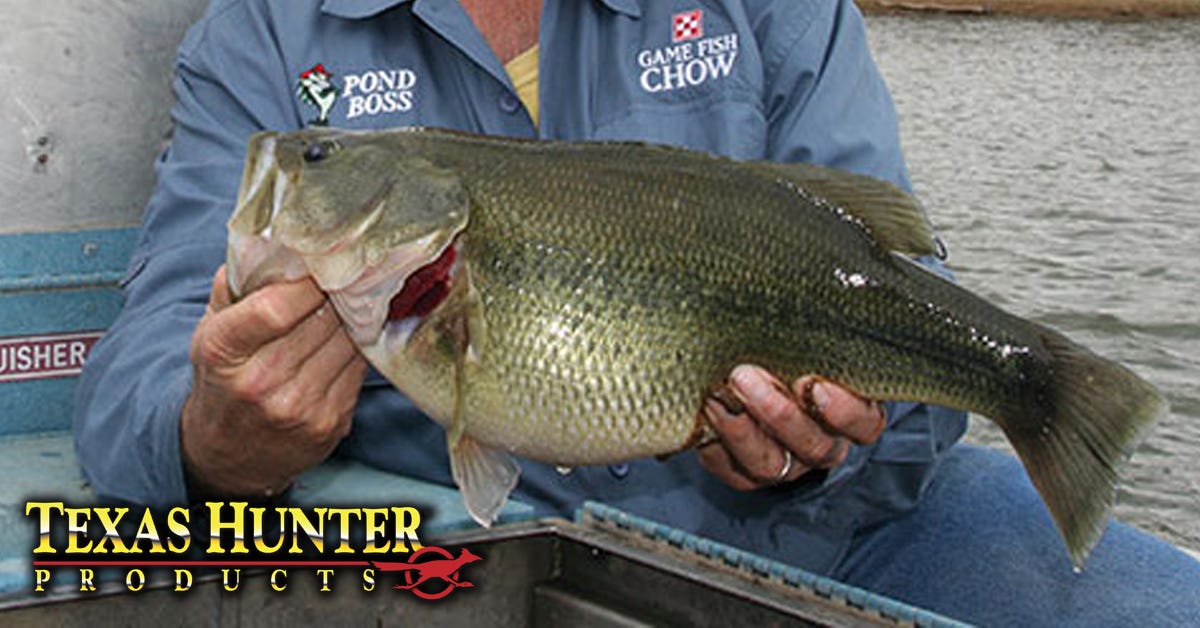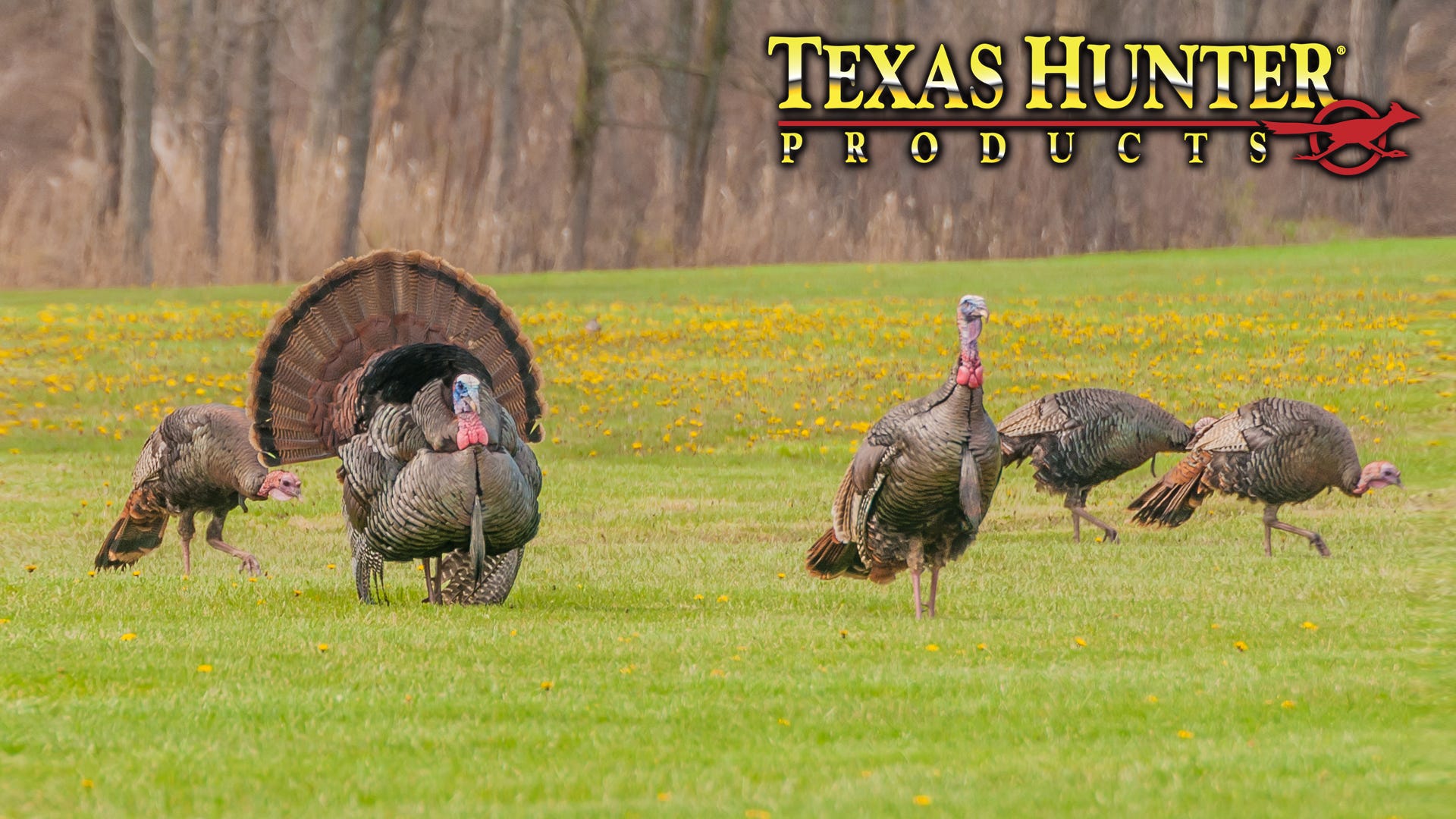- Mar 18, 2022
Sitting Dockside Podcast: Fish Habitat Part 1 of 3

Sitting Dockside Podcast - Episode 001- Fish Habitat
Brought to you by Private Water Natural Resources Association.
Hey everyone. This is Matt Rayl. Welcome to Episode 001 of "Sitting Dockside" podcast. Today we're going to talk about lake habitat.
Have you ever wondered if habitat can increase the amount of fish in your lake? Have you ever wondered do I have enough spawning habitat? Or, is that vegetation out there too much, or not enough? Well, all these questions are going to get answered by the expert, Dr. Brian Graeb. I found this guy fascinating. He's tagged thousands of walleye and found out where they went, how they got there. He even tagged a largemouth bass and followed it for over one year every single day seeing what habitat it used, augmented habitat, and how much it actually needed to increase its growth. Glad you're with us. Come sit with us at dockside.
Welcome to "Sitting Dockside". This podcast is for people who dig ponds and lakes as much as we do. On this podcast, we're going to bring most knowledgeable people from all over the country to talk about wildlife, fisheries, lake instruction, lake management, sit them down, hang out, and just talk some shop.
I'm your host, Matt Rayl. I've been working with lakes and ponds for over 20 years. And during that time, I picked up on a ton of tips and tricks with lake and pond owners all over the country. So if you want to learn how to catch some smiles for your kids and grandkids off your lake, or how to grow some memories off your pond then come sit with us, "Sitting Dockside".
Matt Rayl of PWNRA, got Brian Graeb with me from South Dakota State, PhD, graduated from South Dakota State, worked over a decade in fishery management, and not only that, he does wrote over 60 papers on fishery work and management strategies, and implied management strategies, and the industry. So not just on different things, but actually how we do things and how we should start to manage things.
He's tagged over 50,000 walleye, so swimming around out there, so– but then also, he's done work on perch, which we've done a little bit of talk on a little bit earlier on baby fish. And now we're working on about this newer science about fishery habitat. And you've done some work now, up north that we just talked about, now we're heading down south, a lot of work you've done down in largemouth bass in Texas.
And you've had some grad student at a lake that I went with, with Bob Lusk and actually tagged some fish there years go. You actually put a grad student there and then done some really cool stuff there with habitat because this is a question I would say every single customer gets to at one time is like, do I put this PVC tree in front of my dock? Do I put this here... I have a Christmas tree, will it help if I put it out? Or, do I need more structure out there? So this is going to answer a ton of those questions. And it is new breaking research, right? And so we'll hear it from the horse's mouth. I'm pretty excited about this.
Dr. Brian Graeb: Thanks, Matt. And I have a similar...
Matt Rayl: I didn't mean it by a horse, by the way.
Dr. Brian Graeb: I took it as a compliment.
Matt Rayl: Yeah. Good.
Dr. Brian Graeb: I have to, you've talked a lot about tagging 50,000 walleyes, publishing 60 papers. That's almost entirely because I've recruited some of the most talented grad students on the planet. They get to do all the field work, have all the fun, I do a lot of editing and trying to bring more money in, but I got to give them tons of credit for helping to keep this whole thing going. And you mentioned Bob Lusk, can we, you know, there's a lot– him, he had– he's been involved throughout this and, you know, collaborating on the research and other researchers. So there's been a lot of smart people, smarter than I am that have all contributed and helped shape his research. So it's very much a big team effort.
Matt Rayl: Great. Great. So tell us about some habitat, Brian.
Dr. Brian Graeb: Well, every time we start this and I teach this in class and talk to folks out in the field, you know, you’ve got to define habitat. There's all kinds of biological, and in the fisheries world, there are several legal definitions. But really, it comes down to almost an all encompassing physical and biological components required to support fish growth, survival and reproduction. So it's this broad blanket covers everything. But that's an important point I want people to talk about. We're going to quickly jump off into structural habitat, you know, physical and biological features within a lake, but water quality, depth, latitude, you know, all these things have roles in water quality, or in– sorry, in habitat. So we should point that out.
Matt Rayl: The definition of your habitat is not to increase my catch ratio in front of my dock. That's interest...
Dr. Brian Graeb: No.
Matt Rayl: I trust that I have that in you. It is actually that you are – with you, what you're defining habitat here is that it is supporting more fish. It's actually the physicality of the habitat supports the survival, supports the growth, or allows them to get big enough, or increases their reproduction. So, just to accent that point where you're just...
Dr. Brian Graeb: You're spot on. And in fact, there's another layer of complexity. It's in multiple life stages. So the habitat required for larval fish is much different from that required for juvenile fish, which in a lot of cases is much different from that required for adult fish. Same species, largemouth bass in this case, but each life stage has different habitat requirements and we try to take all that into account when we're thinking about these things. But yeah, you're spot on. It's a... habitat isn't just a piece of something you throw in the lake, it's all encompassing and the best definitions, and the best way to think about it is really targeted at different life stages and physical or biological parts of that.
But you brought up I think the– I've done a lot of work, I had the great pleasure a few years ago, when I accidentally fell into the world of fish habitat. It wasn't on my radar screen, I was working on fish recruitment growth, mortality, and harvest and angling and all kinds of other things. And habitat was always something that we had learned about, it was taught, I taught it and we really didn't pay much attention to it. And I would argue in the fisheries world, it's probably the weakest part of what a fishery is, you know, habitat, human users, and biota. And habitat is we have the least amount of information on.
So, I stumbled into it with some old reservoirs and where I was forced to have to look at habitat. And we started to ask some different questions. But my point in all that is I had a blast going through the old lit, I spent just a couple months reading papers whenever I could. And for about 40, 50 years now, the raging debate, you've already alluded to it, but the raging debate in fishery science, fisheries management, pond management, fisheries literature is this whole idea of attraction versus production. So if you do a habitat project, you put trees, rocks, stumps, you make it like deeper you do, whatever you're going to do. You're going to fix you're going to change something within that system, right? And oftentimes, we've gotten really good at designing and putting in habitat that'll attract fish. Well, I mean, that's a no brainer. We can do that all day long.
But the idea, or the question comes down to as well, you know, throw in a couple Christmas trees or artificial habitat off a boat dock, they're going to be, I've seen it, there'll be fish in there within a couple hours. Particularly if there's not much habitat available in the lake. But if you really change the lake, on a small scale, probably not. So it's, you know, getting to that level of production is where we want to go with the research.
So really simple way to think about it. You know, if you have imagined this as our pond with 1, 2, 3, 4, 5, 6, 7, 8, 9 baths, we put a tree out there. Well, we know that that tree, particularly one that looks like this is going to be highly appealing to bass. So if we go out and we electrofish, or we angle right on that tree, it's going to be a raging success story. There's going to be a lot of fish there.
But all we've done in this case is we've attracted the fish already in a population to congregate around that tree, which is a good thing if you're trying to increase angling opportunities and things like that. But you know, really hasn't gotten to the root of actually improving habitat. You've just put some stuff in to attract fish to an area.
So when we talk about habitat and the science we've done and the questions we're asking, we're trying to get to the point where, you know, we put in habitat and we get some sort of increase in production. So in this case, we put in multiple trees and then we go out and measure it and now we have more fish or we have bigger fish or we have, you know, the same age fish but now they're growing like crazy, some sort of increase in the productivity of that system. And that could be through increased recruitment, it can be through increased growth, or in a case of a small fish, decreased, or increased survival, through reduced predation risks.
So there's lots of ways that that can happen. And I think that the main take home of this, it's probably just an issue of scaling. I think for years, we got hung up on this debate. And we were really careful in scientific literature to not go too far on saying habitat was successful. And there's a lot of biologists to this day that call habitat, improvement projects, fish attracting, you know, they're putting out fish attractors, not enough putting out fish habitat. And this– it's because of this debate.
And so, myself and some other folks who have kind of taken this whole question and flipped it around and said, well, we know that if you have enough habitat, you're going to have a profound effect on a population, that's– you're just looking at a brand new lake that's built or a new reservoir. We get this reservoir effects, we get this pulse of nutrients come up and fishery takes off and it's as, you know, going to have as much productivity about that eight to 12-year period as it's ever going to have within the lifespan of that reservoir.
So back then we had a lot of habitat, we had a lot of productivity. And if we, you know, lose habitat, we lose productivity. So if we had it once we should be able to get back with adding more habitat.
Matt Rayl: Yeah. We have a reservoir right down the street. They worked on the dam for two years, and it's now five years later, we're seeing the repercussions of a great fishery returning just for that small, you know, small amount of time that they allowed a little bit of habitat to return. But when you're saying here is... well, first off, recruitment for you guys out there means reproduction. So increased reproduction and growth is at their first [0:11:53] [Indiscernible] that. But what you're saying with this is that you're putting a lot of different structures throughout the entire lake, actually changing you're actually seeing by just adding habitat that you're seeing more and better fish was it looks like in this image, right?
Dr. Brian Graeb: Yeah. Yup. That's the idea. You had enough of it, and you're going to increase, you're going to have more of them, they're going to be bigger. Yeah, some sort of increase in productivity.
Matt Rayl: OK.
##
Please join us again for Part 2 coming soon.
"Sitting Dockside" is Real Talk about Ponds & Lakes with Pond and Lake Management Experts sharing their first-hand knowledge. Its purpose is to educate pond and lake owners and lake management professionals. Matt Rayl, the host, a pond and lake professional with over 20 years of experience in the industry. If you have a pond or lake this is great place to listen and learn dockside from pond and lake management experts.
Have questions or want to share your thoughts on this subject? Join their Facebook Community.
Want help within your area with your pond or lake Aquatic vegetation and more? Check out the trusted industry sponsors at the P.W.N.R.A Sponsor Directory.
Golden Sponsor: Society of Lake Management Professionals
Please support this show and Private Water Natural Resources Association




